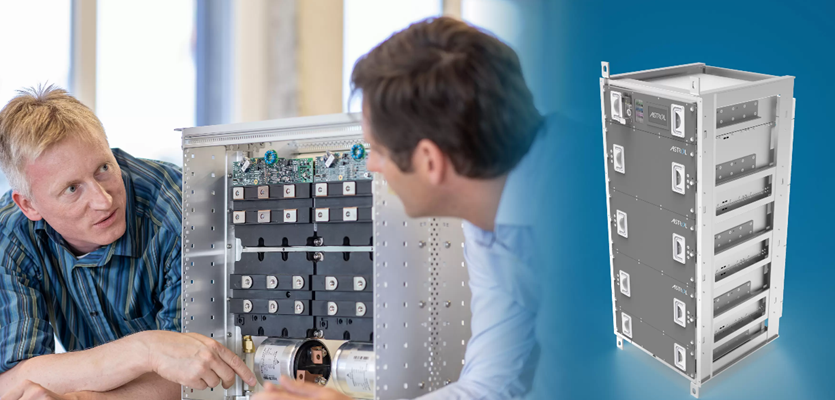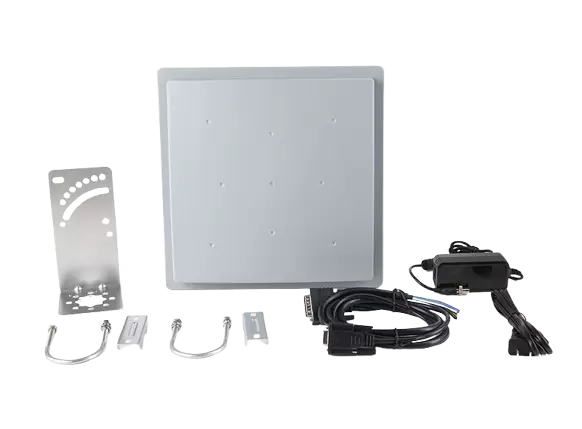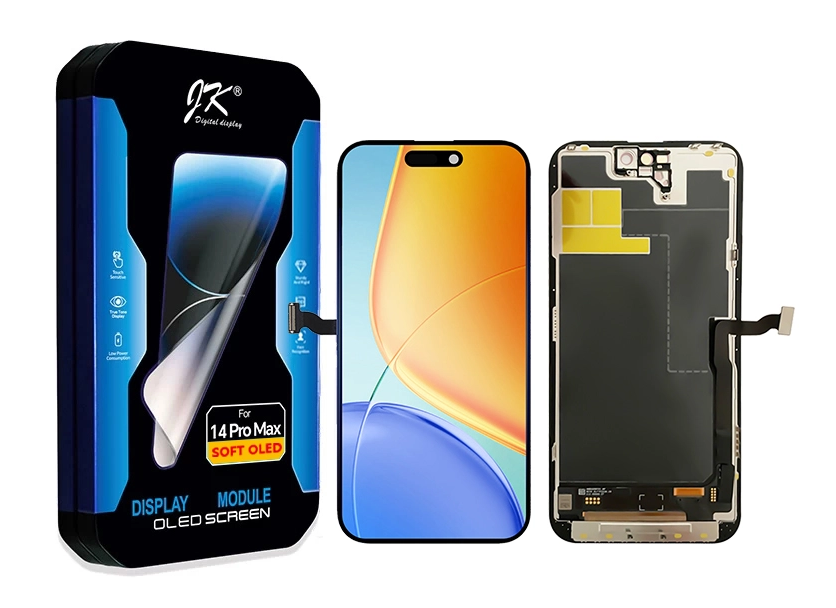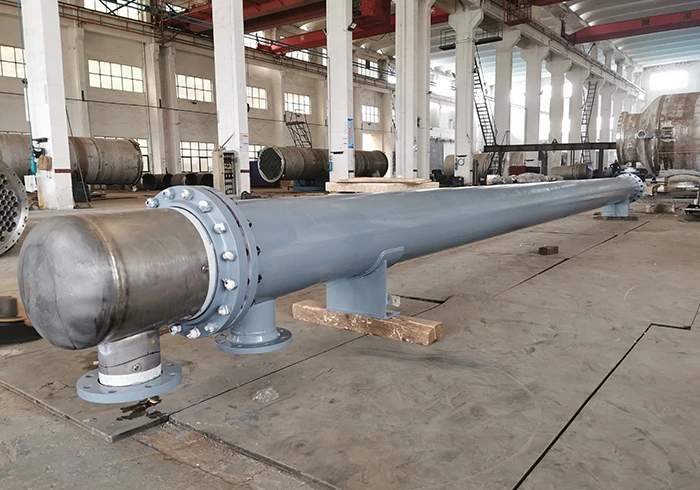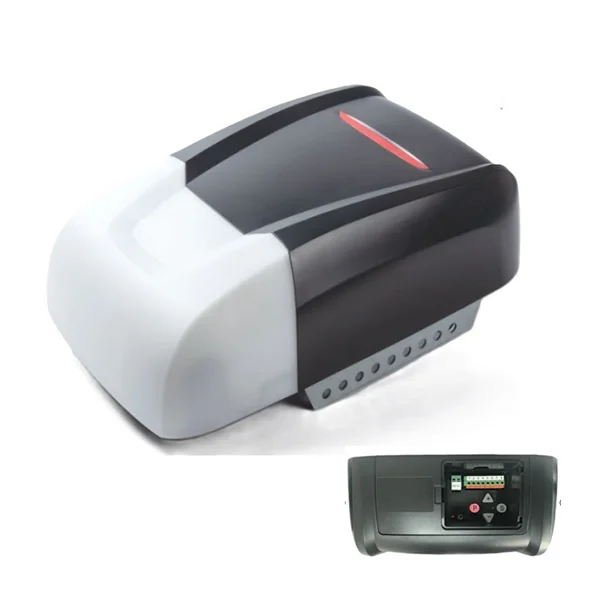Unveiling the Distinctions: Mechanical vs. Electro-Mechanical Devices
In the realm of engineering and technology, mechanical and electro-mechanical devices play pivotal roles. While both types serve specific purposes, they differ significantly in their design, functionality, and applications. This article aims to explore the fundamental disparities between mechanical and electro-mechanical devices, shedding light on their unique characteristics and highlighting their respective advantages and limitations.
- Understanding Mechanical Devices:
Mechanical devices are primarily driven by mechanical forces, such as gears, levers, pulleys, and springs. These devices rely on physical movements and mechanisms to perform their intended functions. Common examples include simple machines like screws, inclined planes, and wheel and axle systems. Mechanical devices are widely used in various industries, including automotive, manufacturing, and construction. - Exploring Electro-Mechanical Devices:
In contrast, electro-mechanical devices combine mechanical components with electrical systems to achieve enhanced functionality and control. These devices utilize electrical energy to initiate, regulate, or enhance mechanical operations. Electro-mechanical devices often incorporate sensors, actuators, and control systems to enable precise and automated operations. Examples include electric motors, solenoids, relays, and robotic systems. They find applications in automation, robotics, aerospace, and telecommunications industries. - Design and Construction:
Mechanical devices are typically simpler in design, consisting of mechanical components assembled to perform a specific task. They rely on physical forces and mechanical linkages to transmit and convert energy. In contrast, electro-mechanical devices involve intricate designs, incorporating electrical components like circuits, sensors, and power sources. The integration of electrical systems enables precise control, feedback mechanisms, and automation capabilities. - Functionality and Performance:
Mechanical devices excel in applications where simplicity and reliability are paramount. They are often preferred for tasks involving heavy loads, high torque, or harsh environments. Mechanical devices offer robustness, durability, and ease of maintenance. On the other hand, electro-mechanical devices offer enhanced precision, speed, and versatility. The integration of electrical control allows for programmability, feedback control, and advanced automation, enabling complex operations and adaptability. - Applications and Industry Relevance:
Mechanical devices find extensive use in industries like construction, automotive, and manufacturing, where their reliability and mechanical advantage are crucial. They are commonly employed in engines, pumps, conveyors, and lifting systems. Electro-mechanical devices, with their advanced control capabilities, are prevalent in automation, robotics, aerospace, and telecommunications. They enable precise positioning, automated assembly, and intricate control in these industries.
Conclusion:
In summary, the distinction between mechanical and electro-mechanical devices lies in their design, functionality, and applications. Mechanical devices rely solely on mechanical forces, while electro-mechanical devices integrate electrical systems to enhance control and performance. Understanding these differences is crucial for selecting the appropriate device for specific applications. Mechanical devices excel in reliability and simplicity, while electro-mechanical devices offer precision and automation capabilities. By harnessing the strengths of each, engineers and industries can optimize their operations and achieve desired outcomes efficiently.

